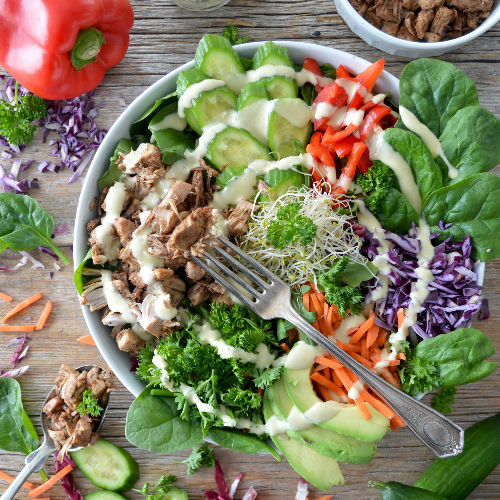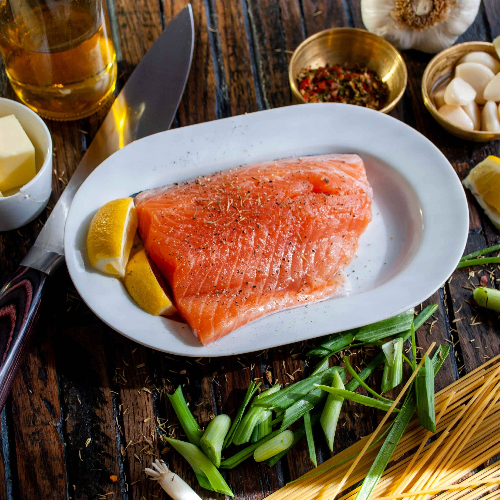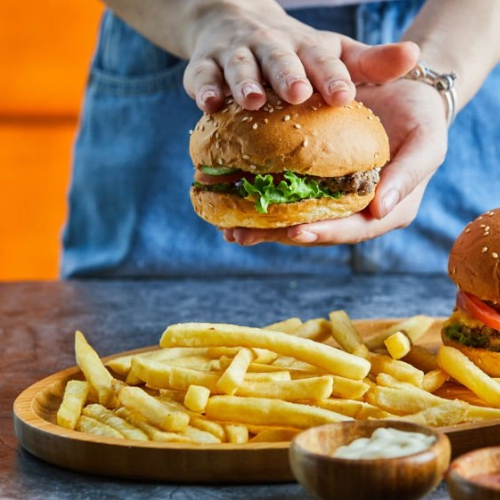Once upon a time, in a bustling city brimming with life, there lived a woman named Emily. She was a vibrant soul, yet overshadowed by a relentless struggle with insulin resistance. Each day was a battle against fatigue, weight gain, and a myriad of health issues. But then, amidst this struggle, Emily discovered the ketogenic diet – a beacon of hope in her health journey.

The ketogenic diet, often simply called “keto,” is a low-carb, high-fat diet known for its potential to alter the body’s metabolism. By drastically reducing carbohydrate intake and replacing it with fat, the body enters a state known as ketosis. Here’s where the magic begins – in ketosis, the body becomes incredibly efficient at burning fat for energy.
Now, insulin resistance – a condition where cells in the body do not respond effectively to insulin – is a common precursor to type 2 diabetes. It’s like a silent alarm, often going unnoticed until significant health issues arise. For Emily, her discovery of keto was not just about weight loss; it was a journey to reclaim her health.
As Emily embarked on her keto journey, the changes were gradual. The first few weeks were challenging, peppered with cravings and an initial feeling of low energy. But as her body adapted to burning fat instead of carbohydrates, something remarkable happened. Her energy levels soared, the weight began to melt away, and most importantly, her blood sugar levels started to stabilize.
The ketogenic diet’s impact on insulin sensitivity is profound. By lowering carbohydrate intake, the diet helps reduce the spikes in blood sugar that require insulin to process. Over time, this can lead to improved insulin sensitivity, allowing Emily’s body to use insulin more effectively.
Emily’s transformation was not just physical; it was a metamorphosis of her entire being. She radiated confidence and newfound vitality. Her story became a source of inspiration to many, showing that change, though daunting, is possible and can lead to remarkable health improvements.
But Emily’s journey was more than a personal triumph. It highlighted an essential truth in the realm of health and wellness: one size does not fit all. What works for one person may not work for another. The ketogenic diet was Emily’s key to unlocking a healthier life, but it is essential to approach any diet or lifestyle change with mindfulness and ideally, under the guidance of a healthcare professional.
As Emily’s story spread, it ignited a conversation about the importance of understanding our bodies and the unique ways they respond to different foods and diets. It served as a reminder that in the vast universe of diets and health advice, the journey to wellness is deeply personal and ever-evolving.
In conclusion, “The Relationship Between Keto and Insulin Resistance” is not just about a diet; it’s a tale of transformation, hope, and the power of understanding our bodies. Emily’s story is a testament to the fact that with perseverance, education, and a willingness to embrace change, we can all take control of our health and write our own inspiring stories.



